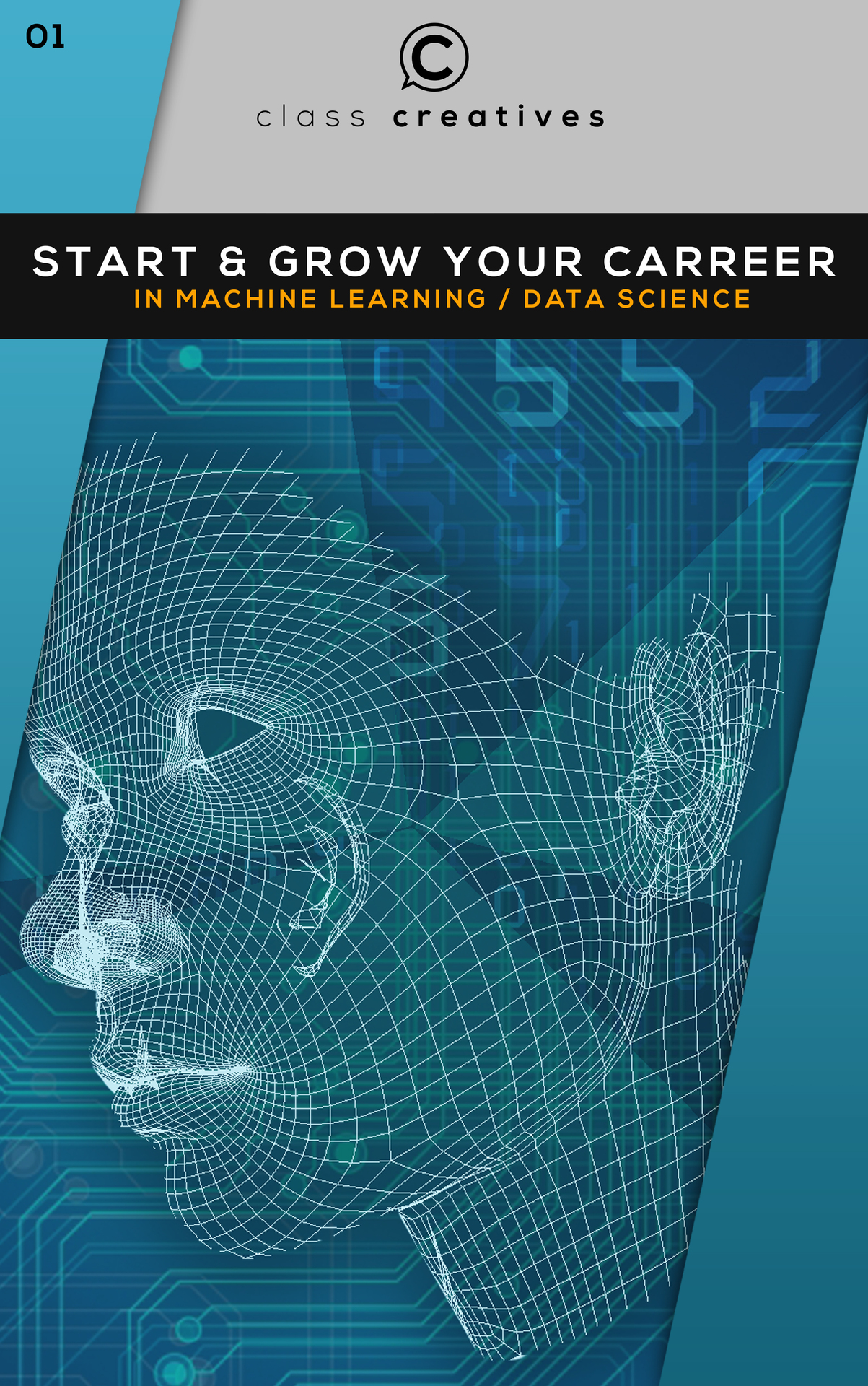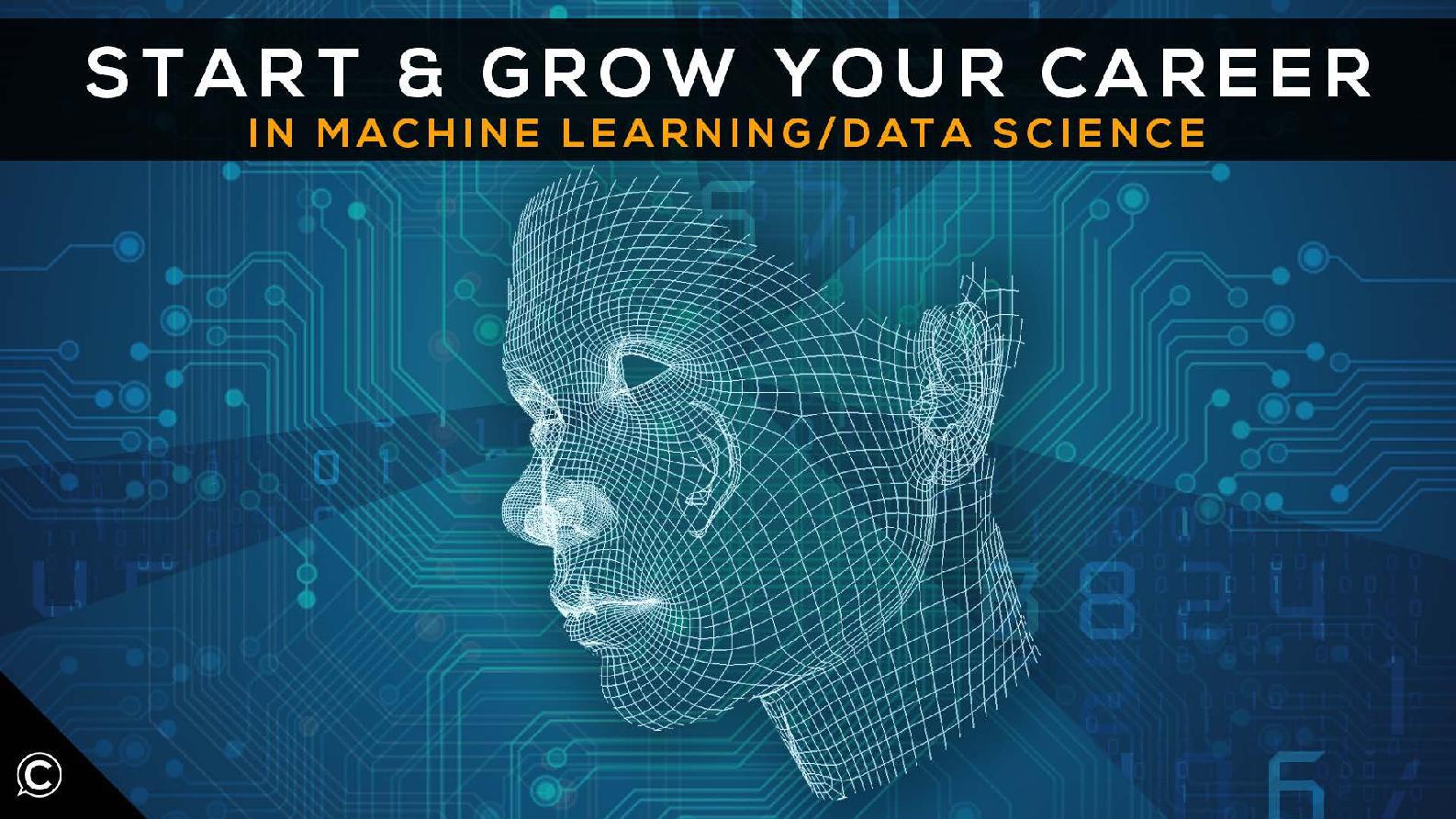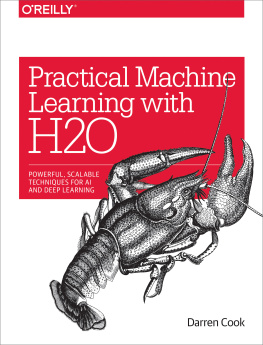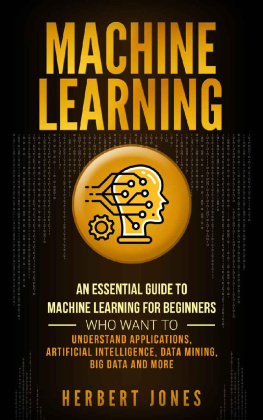DOWNLOAD
THE VIDEO LECTURE!
As a thank you, Class Creatives invites you to access our video lecture at a discounted rate!
25% OFF one-on-one coaching session + Unlimited access to the course with coupon code "mlkindle25"
here!
Discounts on unlimited access via Udemy!
WHO IS CLASS
CREATIVES?
Hi there! Welcome to the course. Before beginning we would like to introduce ourselves and our goals for what we create. Class Creatives is comprised of a group of industry veterans with over 20 years of professional experience in the creative field and nearly a decade of accredited University level instruction.
Instructors featured are from studios such as Walt Disney Animation Studios, Walt Disney Television, Google, Nintendo, Naughty Dogg, Sony Computer Ent, Sucker Punch, Guerilla Games, Infinity Ward, and more!
From beginner level students to industry veterans, Class Creatives provides an inclusive group of professional instructors for all 3D game development, design, music, sfx, and programming related tutorials.
We wanted to create an experience for students and professionals at a fraction of the cost of accredited universities and online educational sites without compromising the quality of the educational experience. If you have the desire to learn, and the drive to master your craft, Class Creatives can provide the experience you are looking for to gain industry levels of skills from working professionals currently employed at some of the best studios in the world.
Once again, thanks for choosing the one and only Class Creatives. Lets get started!
PREFACE:
ABOUT THE INSTRUCTOR
Janice Pan is a full-time Senior Engineer. She has published papers in the fields of computer vision and video processing and has interned at some of the top tech companies in the world, such as Google, Qualcomm, and Texas Instruments. She got her BS, MS, and PhD in Electrical Engineering at The University of Texas at Austin, and her interests lie in Computer Vision and Machine Learning.
INTRODUCTION
WHAT IS MACHINE
LEARNING?
If youve picked up this e-book and are interested in a career in machine learning, you likely already have an idea of what machine learning is, but in case you dont, let me first present a definition:
Machine learning is a field of science in which we use data to teach computers, or machines, how to recognize patterns instead of explicitly programming them to do so.
Lets consider an example to better understand this definition. If you are new to machine learning, you might not have heard of ImageNet, which is a large database of over 14 million images that have all been labeled and categorized (by humans!) according to their contents. Academics designed this database and made it available to other researchers and to the general public to develop computer vision algorithms.


Below, in Figure 1 are two examples from ImageNet. What do you see when you look at Figure 1a on the left? You know instantly that it is an image of a cat. You might even be more specific and say that its a kitten. What about Figure 1b on the right? Again, you know right away that its an image of a dog. And once again, you might even be more detailed in your labeling and say that its an image of a puppy running in a field. How are you able to so easily assign these labels? Your brain is processing a very complex image signal, and somehow you know how to label these images without half a thought.
Figure 1. ImageNet Examples
Now, how do you think we can get a computer to give the same labels? To a computer, each of these images is just a collection of pixels, so how does a computer turn a bunch of pixels into a label?
If we apply machine learning and attempt to use data to teach a computer, we can essentially tell the computer to look at a bunch of examples of cats and a bunch of examples of dogs and figure it out. Then, what the computer will do is take those examples and try to learn the recipe, or the instructions, for giving the correct labels. This is the essence of machine learning we give the computer the data from which to learn the recipe instead of giving the computer the recipe explicitly.
MACHINE LEARNING
EXAMPLES
Lets go over some other examples of machine learning in our everyday lives that perhaps you didnt know were driven by machine learning Youtube's Recommended Videos
Youtube collects a lot of data about you while youre on their platform. They know what content you sit through, what content you skip through, and they want to keep you on their site as long as possible. They use machine learning to suggest videos that are personalized to your viewing habits and preferences, and their main objective is that you will click on those videos and stay a bit longer on Youtube.
Amazon's Product Recommendations
Amazon looks at factors like what items youve purchased and what items you rate highly (among many others) to recommend products to you they think you will actually want to purchase. According to McKinsey & Company, about 35% of Amazons sales in 2013 came from these personalized product recommendations. Thats a significant amount of their sales.
Email Spam Filters
Google doesnt disclose how their spam filters actually work, but they do use some rule-based filtering, which are like the computer recipes I mentioned before. So they do tell Gmail explicitly what kinds of emails to label as spam.
However, in 2019, they said they implemented new filters that use artificial intelligence, meaning machine learning, to be able to block an extra 100 million spam messages.
WHO SHOULD TAKE
THIS COURSE?
So for whom is this course designed? I believe that high school and college students who have an interest in machine learning can gain the most out of this course. As can undergraduate and graduate students looking for jobs in tech or related fields. I will share a lot of information about preparing for interviews and how to go about the hunt for a job, so if youre interested in my tips on those topics, I hope you stick around and find this course helpful.
And lastly, for anyone curious about a career in machine learning in general
what different career paths are; what skills are required; what the journey to getting that full-time position looks like; and how to grow in the machine learning field I think you can also learn a lot by sitting through this course.
WHAT WILL THIS
COURSE PROVIDE??
Very broadly, I hope this course will provide anyone who takes it: 1. A basic overview of popular ML-related careers; 2. Guidance for pursing machine learning-related industry jobs in particular; 3. My personal account and my tips for navigating college, internships, interviews, and full-time opportunities.













![Daniel D. Gutierrez [Daniel D. Gutierrez] - Machine Learning and Data Science: An Introduction to Statistical Learning Methods with R](/uploads/posts/book/119585/thumbs/daniel-d-gutierrez-daniel-d-gutierrez-machine.jpg)

